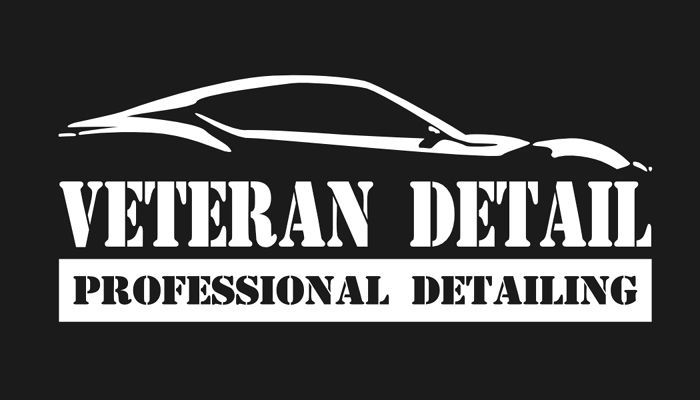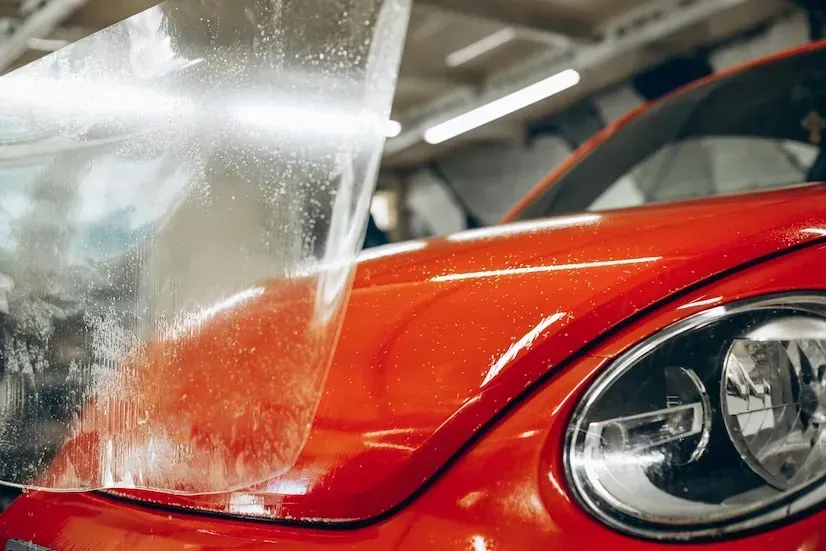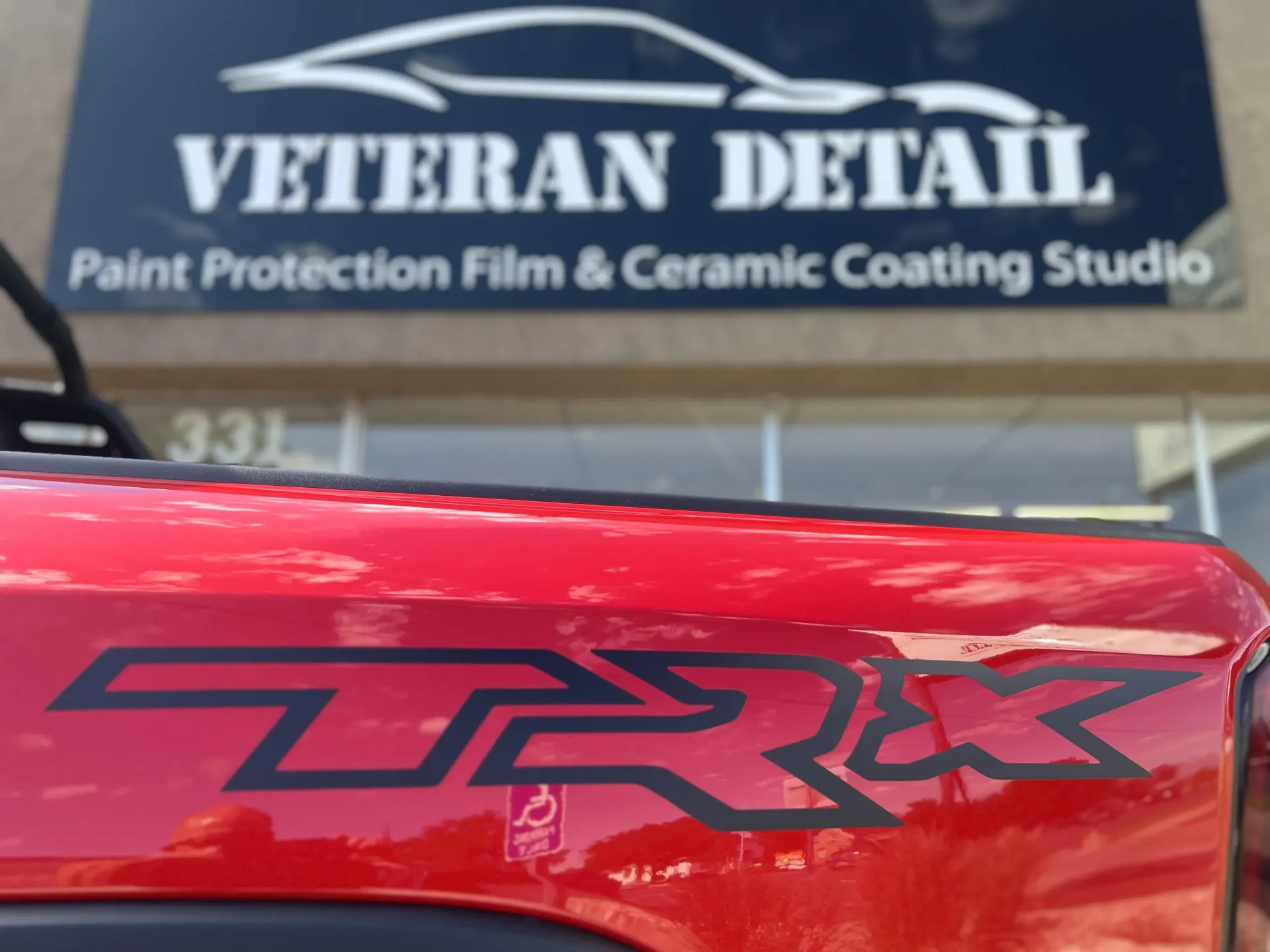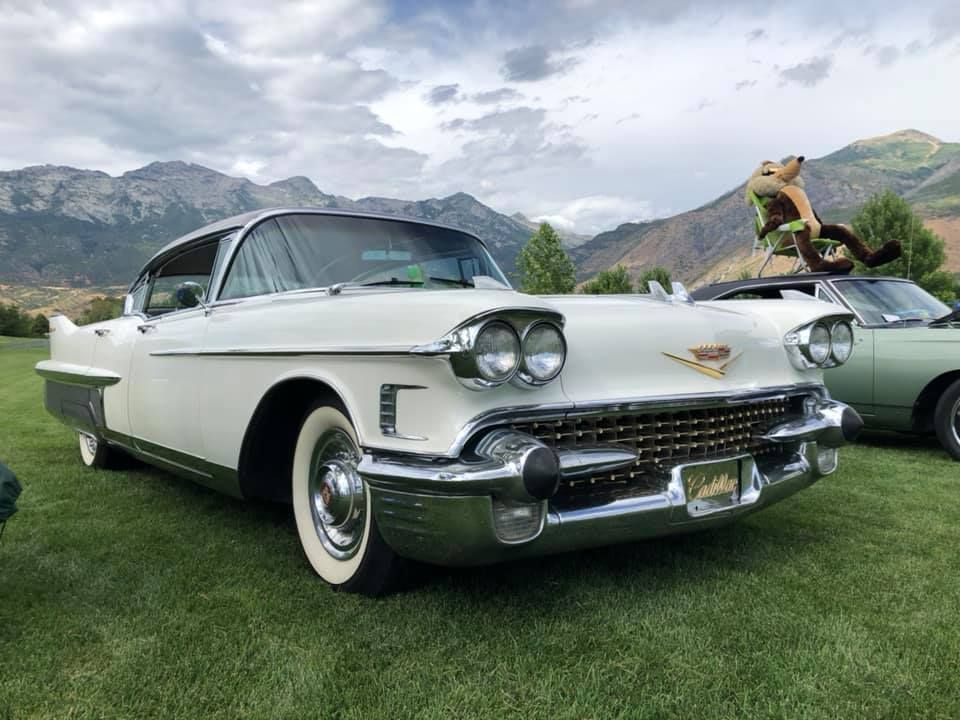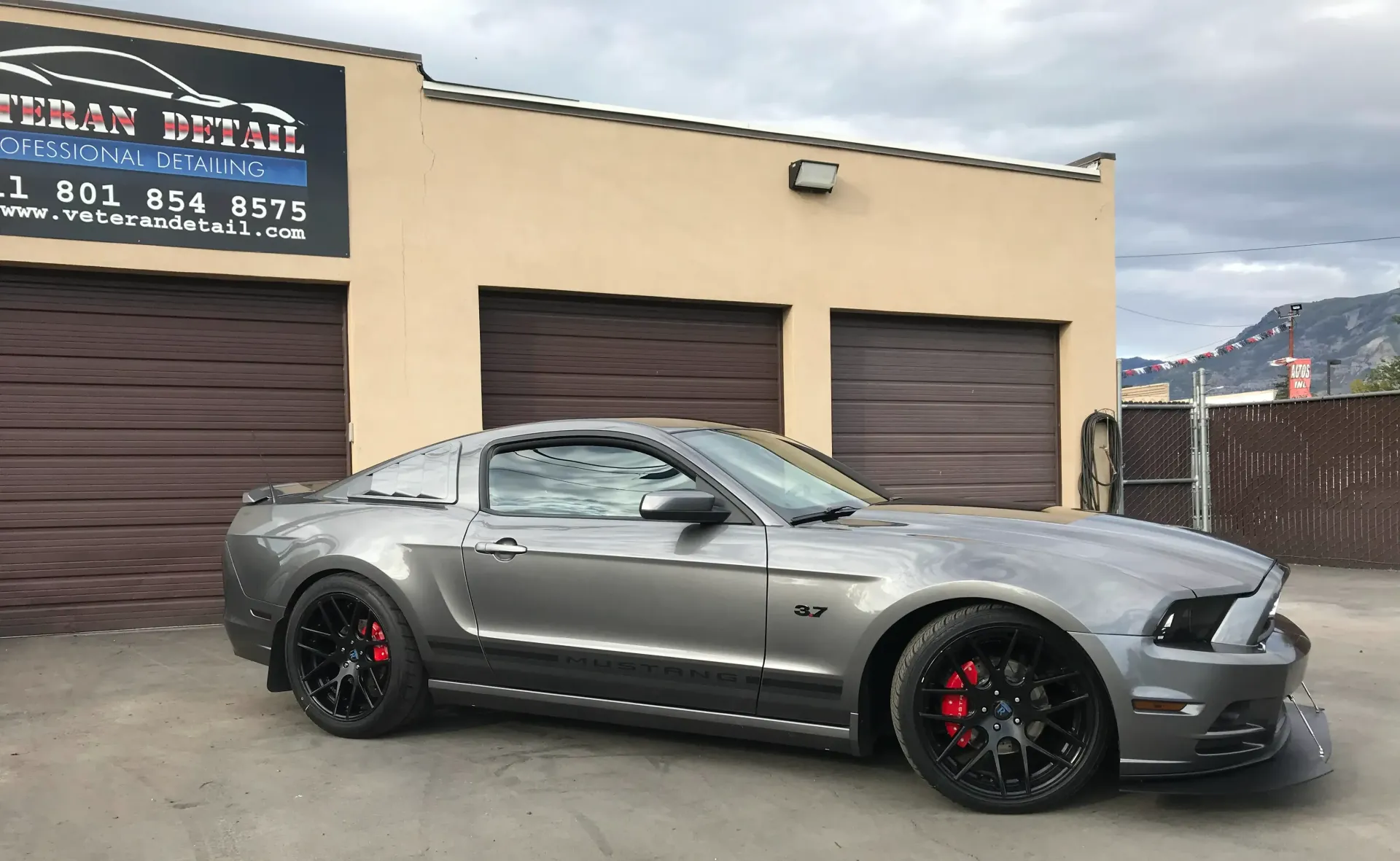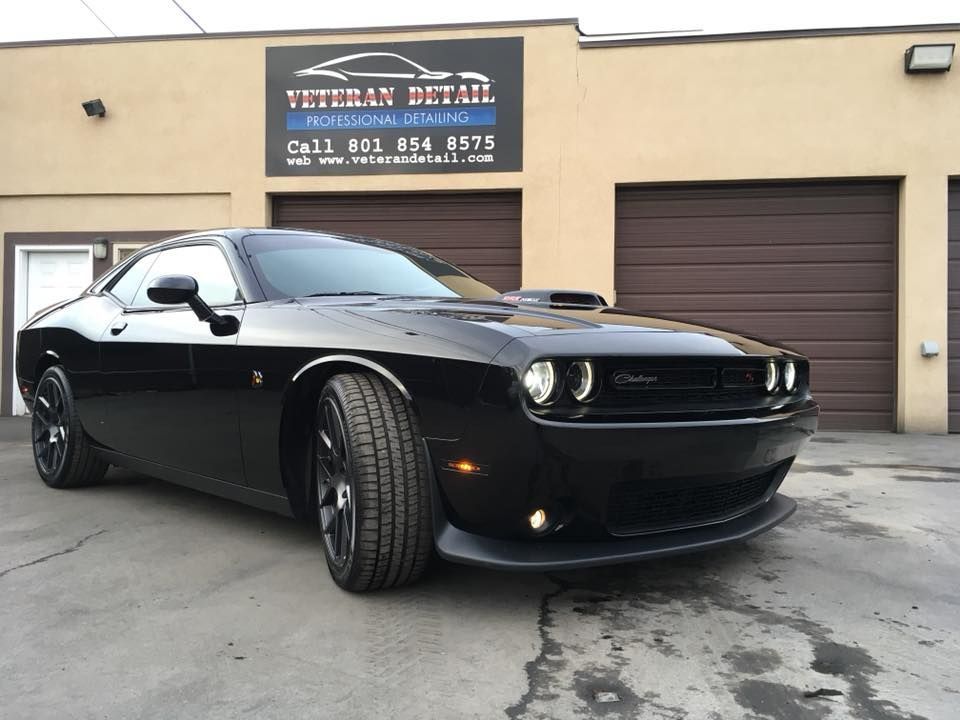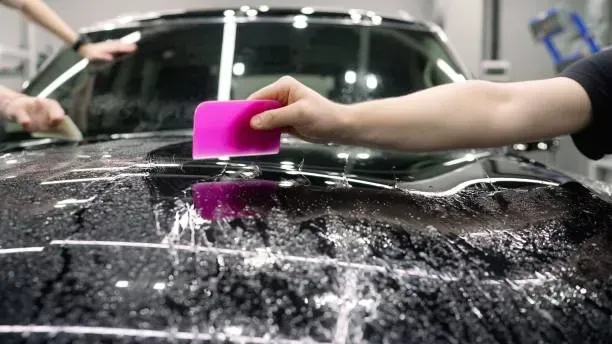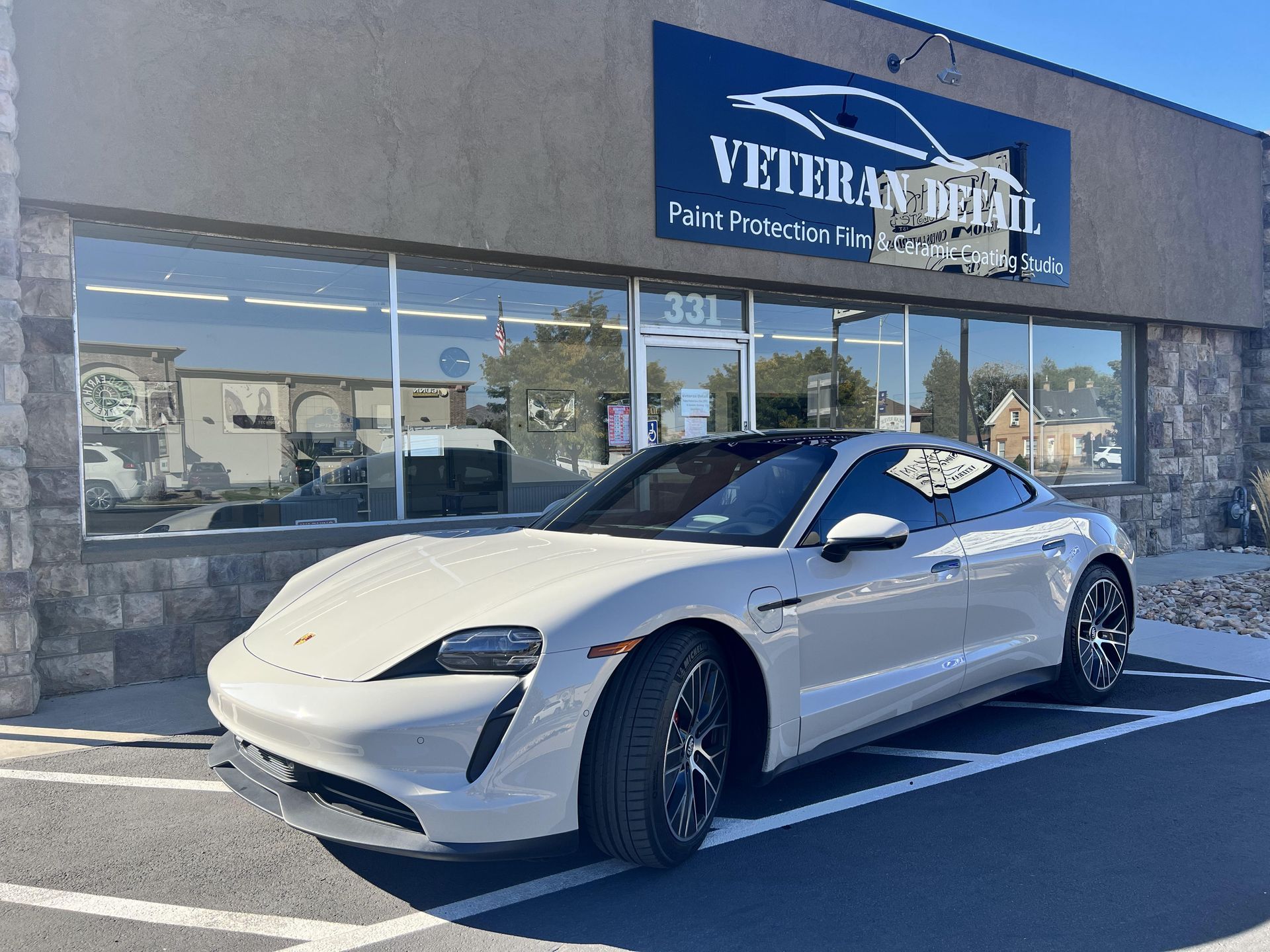Master Car Detailing and Protection with Veteran Detail

In a world where every detail matters, the brilliance of a well-maintained vehicle does not just reflect its exterior, but echoes the care and precision invested in its upkeep. The car detailing industry, a realm dedicated to elevating automotive aesthetics and longevity, has seen remarkable growth, evolving into a cornerstone of vehicle maintenance and enhancement. As road companions, our vehicles not only carry us through life's journeys but also personify our tastes, standards, and even aspirations. This guide delves into the art and science of car detailing and protection, offering insights into services that not only preserve but elevate your vehicle's value and appearance.
At Veteran Detail, our ethos is centered around unparalleled quality and extensive experience. Each swirl on a car's surface tells a story, and we're here to rewrite narratives of wear and tear into tales of restoration and protection. From the intricate process of car detailing to the resilient armor of Paint Protection Film (PPF), the reflective elegance of Ceramic Coating, the bespoke care for classic beauties, to the tailored 'Black Ops' service for black vehicles – every service is a testament to our dedication and expertise.
Join us as we navigate through these transformative services, backed by the latest industry insights and our unwavering commitment to excellence. Whether you're a classic car enthusiast, a new car owner, or simply seeking to rejuvenate your vehicle, this guide is your comprehensive companion in the pursuit of automotive perfection.
The Art of Car Detailing
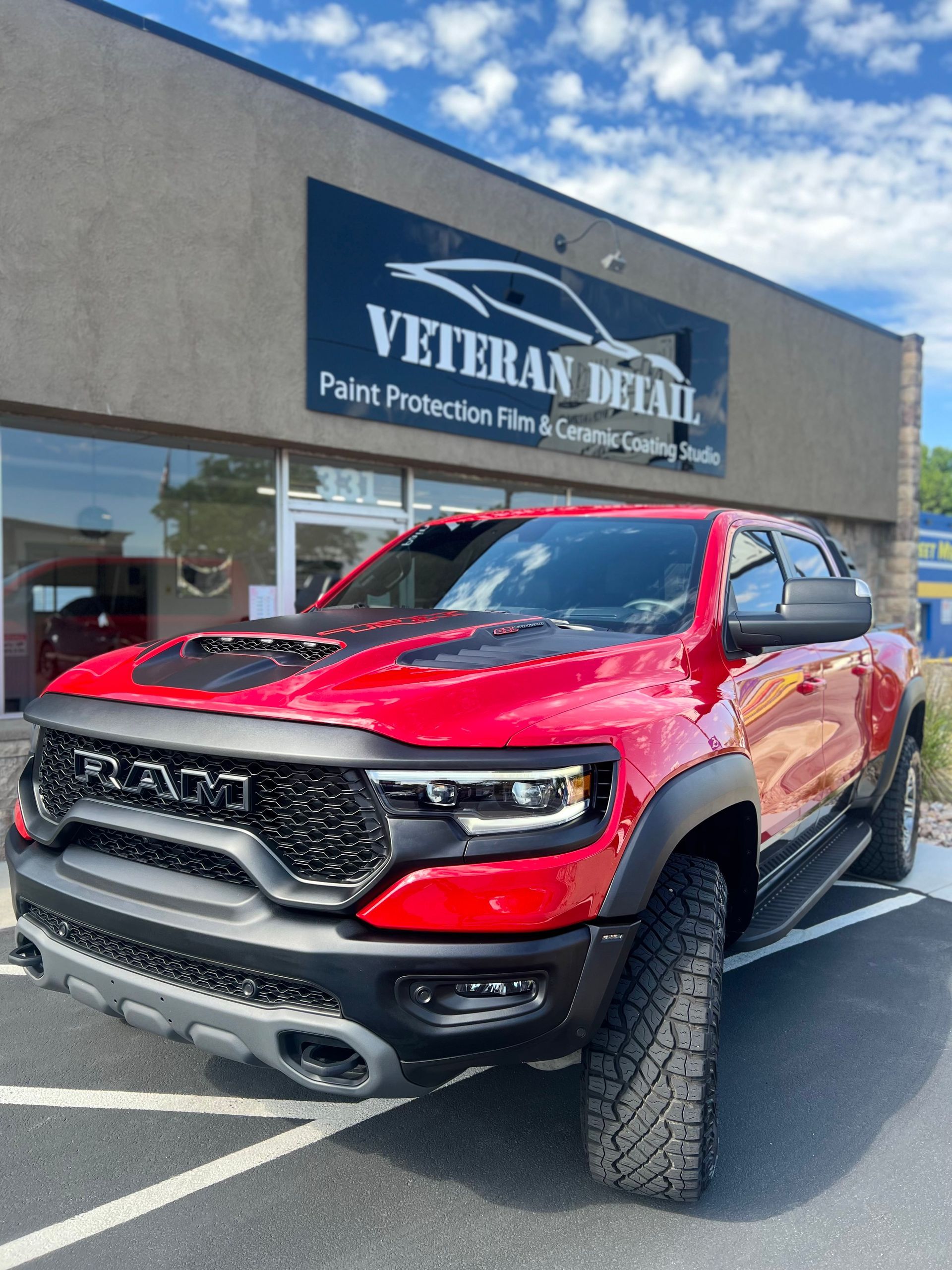
Basics of Car Detailing
Car detailing is not just a service; it's an art form, a meticulous process where every stroke, every polish, and every wipe is performed with precision and purpose. It's about transforming the everyday vehicle into a masterpiece of shine and perfection. But what exactly does it entail?
Car detailing goes beyond a simple car wash. It's an extensive cleaning, restoration, and finishing of a vehicle to produce a show-quality level of detail. From the interior to the exterior, every nook and cranny is considered. The market, recognizing the value of this detailed approach, has seen exponential growth. According to recent studies, the car detailing industry is set to soar, reflecting a growing appreciation for the craft and its impact on vehicle longevity and resale value.
Benefits of Regular Car Detailing
The benefits of regular car detailing are vast and varied. It's not just about maintaining a vehicle's aesthetic appeal; it's about preserving its value and extending its lifespan. Here's how regular detailing makes a difference:
Preservation of Interior Comfort: Detailing the interior isn't just about aesthetics; it's about maintaining an environment that's clean, hygienic, and comfortable. Regular detailing prevents the buildup of dust, allergens, and bacteria, ensuring a healthier and more pleasant driving experience.
Protection Against the Elements: Vehicles are constantly exposed to the elements — sun, rain, snow, and even bird droppings. Detailing provides a protective layer that minimizes this damage, keeping the paint and finish in pristine condition.
Enhanced Resale Value: A well-maintained vehicle can significantly increase in value. Regular detailing ensures that your car remains in optimal condition, appealing to potential buyers and ensuring you get the best price when it's time to sell.
Case studies from around the automotive world reinforce these points. Vehicles that undergo regular detailing not only retain their shine but also their value, far outpacing their neglected counterparts in resale markets.
In the next section, we'll explore the invisible shield of protection for your car — Paint Protection Film. Stay tuned as we uncover the layers of this essential service.
Paint Protection Film: Your Car’s Invisible Shield
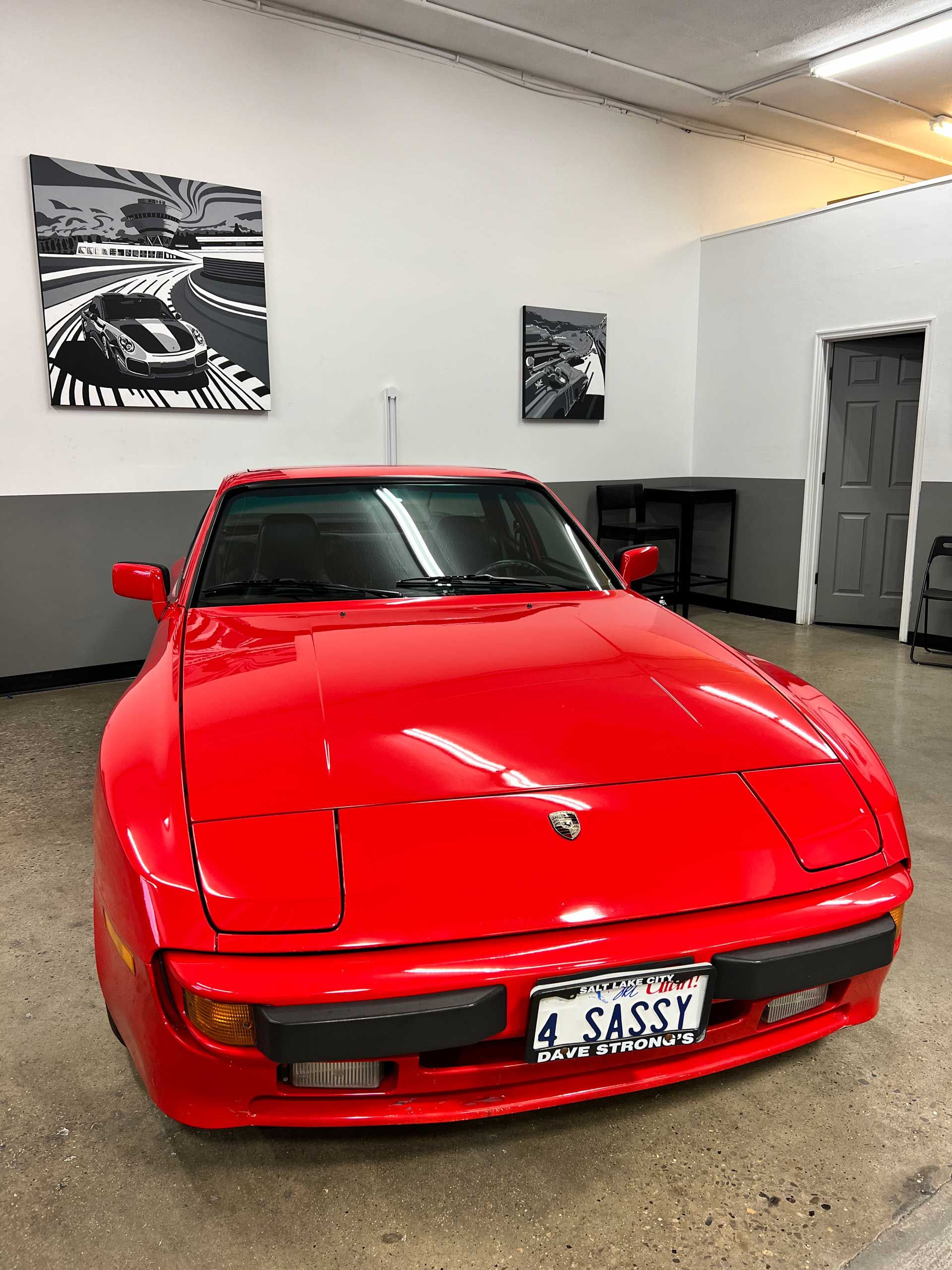
Paint Protection Film (PPF) is often likened to an invisible shield, a guardian that stands between your car's paint and the myriad of threats it faces every day. This section will explore what PPF is, why it's a wise investment, and how it serves as an armor against everyday wear and tear.
Understanding Paint Protection Film (PPF)
What is PPF?
PPF is a nearly invisible film applied to the exterior of your vehicle. Made from ultra-durable urethane, this film is designed to protect your car's paint from scratches, chips, stains, and the harmful effects of the sun. It's a sacrificial layer; it takes the hit so your paint doesn't have to.
Types of PPF
There are various types of PPF available, ranging from basic protection to top-tier films that offer self-healing properties. These advanced films can magically heal minor scratches and swirls with just a bit of heat from the sun or warm water. Choosing the right type depends on your budget, your vehicle's needs, and the level of protection you desire.
- Clear Bra PPF: Often referred to as "Clear Bra," this type is the original PPF. It's a clear, urethane material applied to the front parts of your vehicle. It's particularly effective at protecting against rock chips and road debris, especially for those frontal areas that are most exposed during driving.
- Matte Finish PPF: Designed for vehicles with a matte paint finish or for those seeking a matte aesthetic, this film provides all the protection of standard PPF while maintaining a non-glossy, matte appearance. It's perfect for car owners who prefer a sleek, subdued look.
- Self-Healing PPF: A revolutionary advancement in PPF technology, self-healing films can repair minor scratches and swirl marks on their own. When exposed to heat (either from the sun or artificially applied), the film's surface 'heals,' returning to its original, pristine condition.
- Ceramic Coated PPF: Combining the benefits of PPF and ceramic coating, this type offers robust protection against physical damage and the added bonus of hydrophobic (water-repellent) properties. It makes cleaning easier and adds an extra layer of shine to the vehicle's exterior.
- Custom PPF: Some companies offer custom PPF solutions tailored to specific parts of the vehicle or unique vehicle models. These are precision-cut and professionally applied to ensure perfect coverage without affecting the vehicle's aesthetics.
Why PPF is a Wise Investment
Investing in PPF might seem like an upfront cost, but it's a long-term investment in preserving your vehicle's appearance and value. Here's why:
Enhanced Paint Protection: The primary benefit of PPF is its ability to protect your vehicle's paint from the everyday damages of driving. Road debris, bird droppings, and tree sap can all cause damage to your paint. PPF acts as a barrier, protecting your paint from these common hazards.
Cost-Effective in the Long Run: While the initial investment might seem high, PPF saves money in the long run. By protecting your paint, you avoid costly repairs and touch-ups. Additionally, PPF helps in maintaining your car's resale value by keeping the exterior in top-notch condition.
Invisible and Aesthetic: High-quality PPF is virtually invisible, meaning it won't alter the appearance of your car. Your vehicle will retain its original shine and color, all while being protected.
In the next section, we'll explore another brilliant way to protect and enhance your vehicle's appearance – Ceramic Coating. Stay tuned as we delve into this resilient solution.
The Lasting Shine – Ceramic Coating Explained
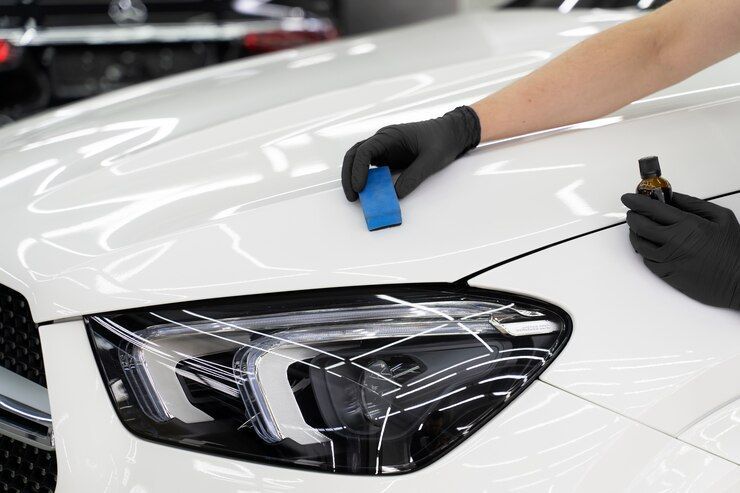
In the realm of vehicle protection and aesthetics, Ceramic Coating stands as a formidable ally. This section will unpack the science behind this innovative solution, the advantages it brings, and why it's considered a must-have for those seeking the ultimate in vehicle protection and shine.
What is Ceramic Coating?
Ceramic coating is a liquid polymer that chemically bonds with your vehicle's paint, creating a layer of protection. It's not just a product; it's a shield against numerous elements that can harm your car. The coating's primary component, Silicon Dioxide (SiO2), provides a hard, durable surface layer that repels water, dirt, and other contaminants.
Application Process
The application of ceramic coating is a meticulous process that requires precision and expertise. It involves a thorough wash, paint correction to remove any defects, and then the careful application of the coating itself. This process ensures that the bond between the coating and the paint is strong and lasting.
Advantages of Ceramic Coating
Protection Against Environmental Damage: Ceramic Coating provides a robust barrier against environmental pollutants, bird droppings, tree sap, and UV rays. These elements can cause significant damage over time, but with Ceramic Coating, your vehicle's paint remains protected.
Ease of Cleaning: One of the most appreciated benefits is the ease of cleaning. The hydrophobic properties of Ceramic Coating mean that water and grime bead up and slide off the surface, making washing your car less frequent and much easier.
Enhanced Gloss and Shine: Apart from protection, Ceramic Coating adds depth and gloss to your paint, making the color pop and the finish shine like never before. It's a visual upgrade that car enthusiasts love.
In the next section, we'll shift gears and explore the specialized world
of Classic Car Detailing, where preservation meets passion.
Preserving Elegance – Classic Car Detailing
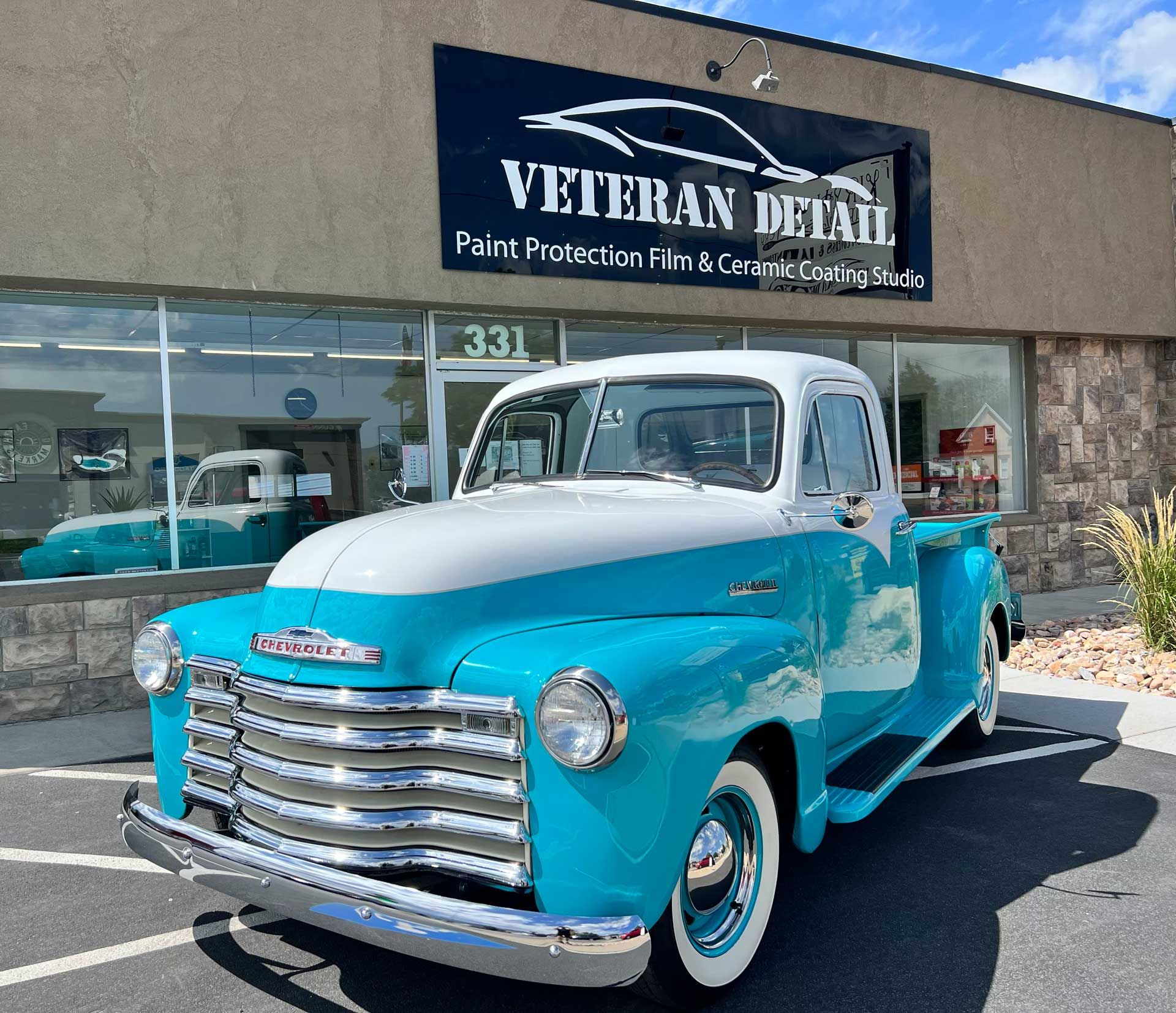
Classic cars are more than just vehicles; they are treasures of history, epitomes of craftsmanship, and embodiments of timeless beauty. Preserving their elegance requires a specialized touch and an understanding of the unique needs these vehicles present. This section explores the distinct world of Classic Car Detailing, where every treatment is a tribute to the car's legacy.
Unique Needs of Classic Cars
Classic cars are not your average vehicles; they are artifacts of a bygone era, each with its story, charm, and set of maintenance needs. Unlike modern cars, classic vehicles often require:
Gentle Cleaning Solutions: The paint, chrome, and other materials used in classic cars are not the same as those in newer models. They often need gentler cleaning solutions and techniques to prevent damage.
Customized Approach: Each classic car is unique, with its quirks and care requirements. A one-size-fits-all approach doesn't work. Detailing a classic car is about understanding its history, its materials, and what makes it special.
Preservation Over Restoration: The goal of detailing a classic car is often to preserve its current state, maintaining its authenticity and originality, rather than making it look new.
Case Studies: Transformations of Classic Cars
The true value of classic car detailing is best shown through transformations that respect and rejuvenate these vehicles' inherent beauty.
Case Study 1: A 1960s convertible came in with faded paint and a weathered interior. Through a meticulous detailing process, using period-correct materials and techniques, the car's original color and luster were revived, and the leather seats were carefully conditioned, bringing the interior back to its former glory.
Case Study 2: A classic sports car with a dulled chrome finish underwent a detailed chrome polishing session. The result was a mirror-like finish that not only brought back the car's sparkle but also protected it from future tarnishing.
These case studies highlight the transformative power of specialized classic car detailing. It's not just about cleaning; it's about honoring the car's heritage and ensuring its legacy endures.
In the upcoming section, we'll delve into "More than Just Privacy – The Benefits of Window Tinting," exploring how this service enhances both the function and form of your vehicle.
More than Just Privacy – The Benefits of Window Tinting
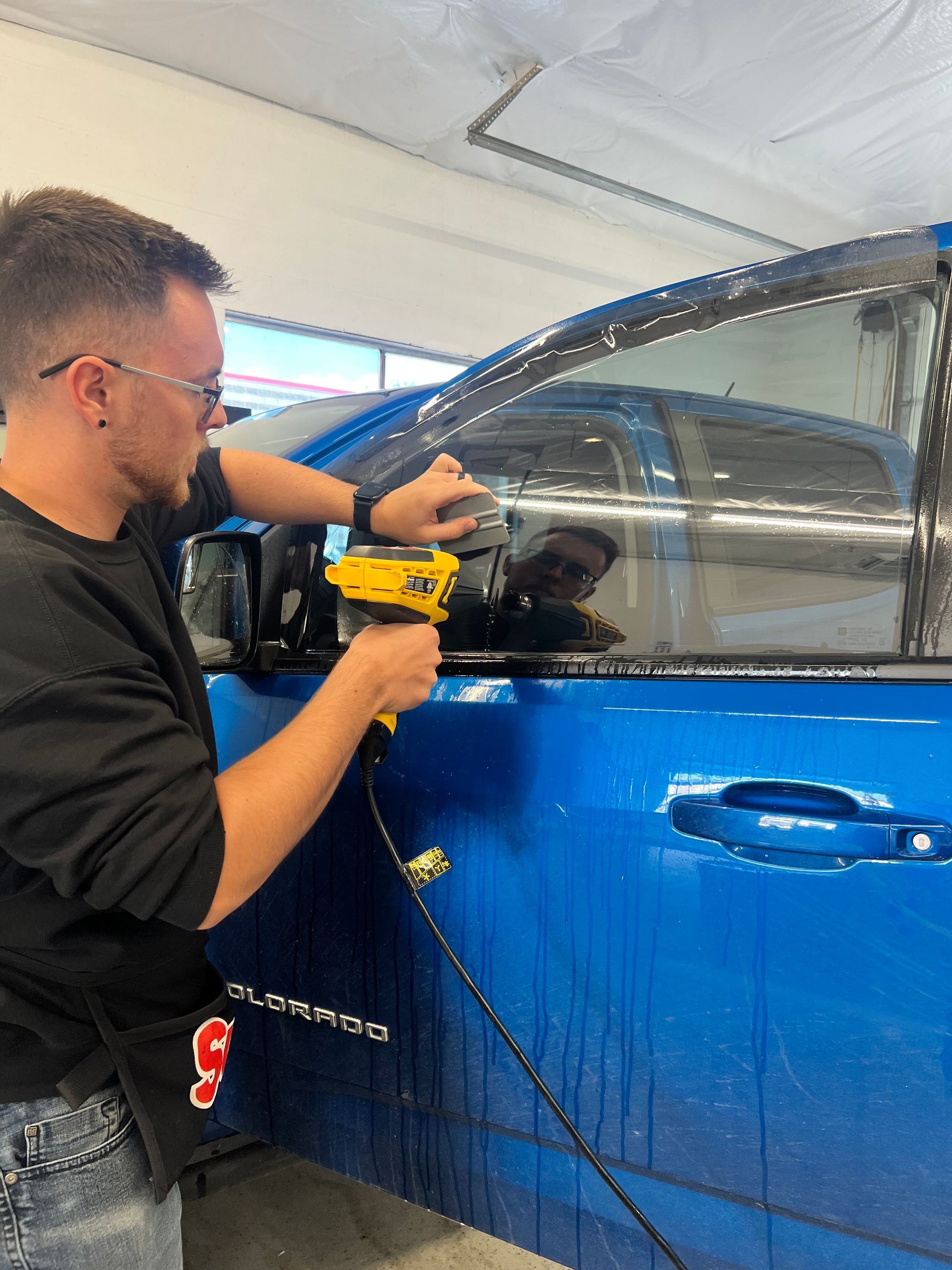
Window tinting does more than just provide privacy; it's a multifunctional enhancement that offers a range of benefits, from protecting the interior to enhancing the vehicle's aesthetic appeal. In this section, we'll explore the types of window tints available, their legal considerations, and the myriad advantages they offer to vehicle owners.
Types and Purposes of Window Tints
Window tinting involves applying a thin laminate film to the interior or exterior of glass surfaces in vehicles. Here are the common types of window tints:
Dyed Window Tint: This is the most economical option, providing privacy and reducing sunlight and heat. However, it's less effective at UV protection and can fade over time.
Metalized Window Tint: This type reflects heat using tiny metallic particles embedded in the film. It's highly effective in blocking UV rays and reducing heat but can interfere with radio and cell phone signals.
Carbon Window Tint: Carbon tint offers excellent UV protection and doesn't fade like dyed tints. It also helps keep the interior cooler and doesn't affect electronic signals.
Ceramic Window Tint: The top-tier option, ceramic tint, offers maximum UV and heat reduction, doesn't interfere with signals, and is highly durable. It's the best choice for those who want the utmost in protection and comfort.
Legal Considerations
It's important to note that window tinting laws vary by location. Most regions have restrictions on how dark the tint can be, especially for the front side windows and the windshield. Ensuring compliance with local laws is crucial when choosing window tinting.
Functional and Aesthetic Advantages
Apart from enhancing privacy, window tints offer a variety of benefits:
Protection from UV Rays: High-quality window tints can block up to 99% of harmful UV rays, protecting passengers and preventing the interior from fading.
Reduced Heat and Glare: By blocking solar heat, window tints help maintain a cooler interior, reducing the need for air conditioning and improving comfort during hot days. They also reduce glare, making driving safer.
Increased Safety and Security: Tinted windows can hold shattered glass together in the event of an accident, providing an extra layer of safety. They also make it more difficult for thieves to see inside the vehicle.
Enhanced Aesthetic Appeal: Tinted windows give a sleek, polished look to any vehicle, enhancing its aesthetic appeal and potentially increasing its resale value.
Recent statistics show that more car owners are opting for window tinting, not only for the sleek look but also for the practical benefits it offers in terms of comfort, safety, and vehicle protection.
Next, we'll explore the specialized "Black Ops" service, tailored for black vehicles to keep them looking their best.
Black Ops – Specialized Care for Black Vehicles
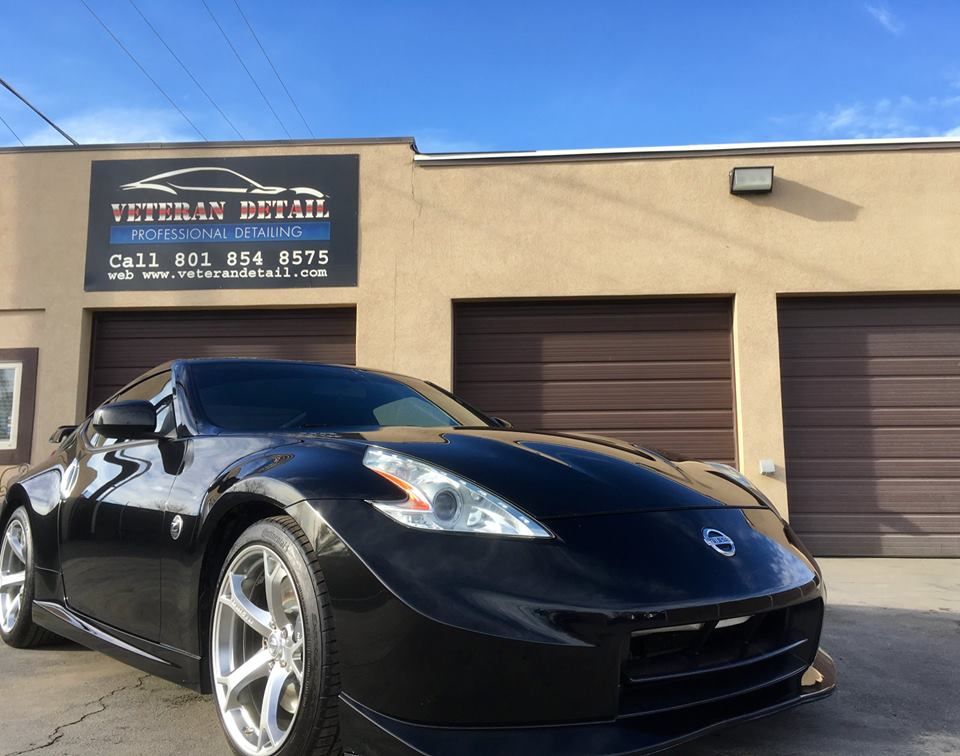
Black vehicles are renowned for their sleek and sophisticated appearance but maintaining that showroom shine requires special attention. "Black Ops" is our specialized service designed exclusively for black vehicles, focusing on the unique challenges they face and providing solutions that maintain and enhance their distinct beauty.
Challenges in Maintaining Black Vehicles
Black vehicles are stunning when clean and polished but can be notoriously difficult to maintain. Here's why:
Dust and Scratches are More Visible: Black paint tends to show dust, dirt, and fingerprints more than lighter colors. Even minor scratches or swirl marks can be conspicuously visible.
Heat Absorption: Black vehicles absorb more heat, which can lead to a hotter interior and potential fading or damage to the paint over time.
Water Spots: After washing or rain, water spots are more noticeable on black cars, requiring prompt and careful drying to avoid marks.
Black Ops Service Explained
Our Black Ops service is meticulously designed to address the specific needs of black vehicles, ensuring they look their best at all times. The service includes:
Precision Washing: Using premium, pH-neutral soap that effectively cleans without stripping wax or damaging the paint.
Paint Correction: A thorough process that removes swirls, scratches, and blemishes, restoring the paint to its original, flawless finish.
Protective Coatings: Application of high-grade waxes, sealants, or ceramic coatings that protect the paint, enhance its shine, and make future cleaning easier.
Regular Maintenance: Scheduled detailing sessions that help maintain the vehicle's appearance and protect its value.
Our Black Ops service is more than just a detailing package; it's a commitment to excellence, ensuring that your black vehicle makes a statement wherever it goes.
Conclusion
In the journey through the meticulous world of car detailing and protection, we've uncovered the transformative power of each service – from the artistry in car detailing to the resilience of Paint Protection Film, the luster of Ceramic Coating, the bespoke care for classic cars, the multifaceted benefits of Window Tinting, to the specialized 'Black Ops' service for black vehicles. Each service is not just a procedure; it's a testament to our commitment to excellence, quality, and the preservation of your vehicle's beauty and value.
Our journey doesn't end here. It continues with every client
who chooses to entrust their vehicle to us, with every car that rolls out of our shop looking its best, and with every satisfied smile that drives away. At Veteran Detail, our passion is matched only by our expertise, and our services are designed not just to meet expectations but to exceed them.
Are you ready to transform your vehicle and experience the pinnacle of automotive care? Whether it's reviving the charm of a classic, protecting a new investment, or simply ensuring your vehicle reflects the standard of excellence you deserve, Veteran Detail is here to make it happen.
Schedule a Consultation
Our experts are ready to discuss your needs and recommend the perfect services for your vehicle.
Visit Us
Experience firsthand the quality and attention to detail that sets us apart.
Your vehicle is more than just a mode of transportation – it's a statement, a passion, and a part of your life. At Veteran Detail, we're dedicated to ensuring it's a part that you can always take pride in.
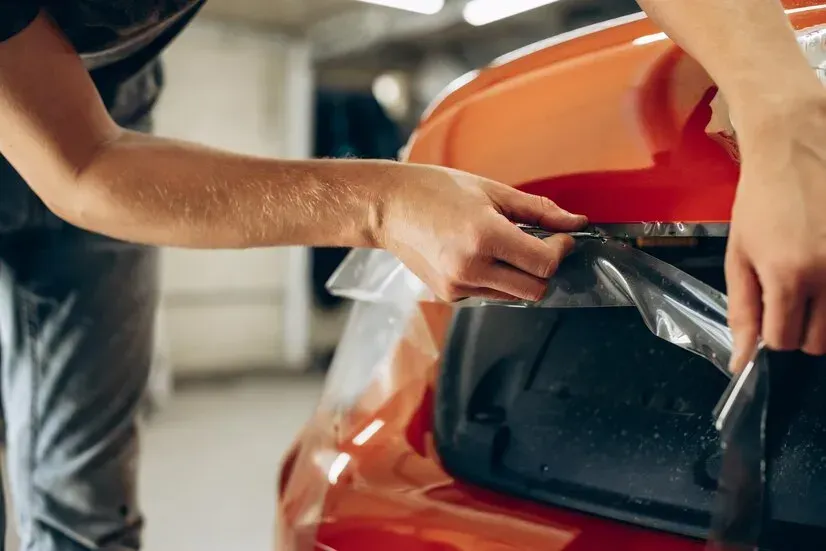
WHAT OUR CUSTOMERS HAVE TO SAY.
At
Veteran Detail we pride ourselves on providing outstanding Customer Service, and our ability to put right every little detail.
IS YOUR VEHICLE IN NEED OF SOME ATTENTION?
Book your next Detailing Requirements with
Veteran Detail. We are sure you will not be disappointed.
We have Packages to suit all your requirements Large or Small.
CALL 801–854–8575 TODAY
Contact Us
We will get back to you as soon as possible
Please try again later
331 W Main Street,
American Fork,
Utah
TEL:
801 – 854 – 8575
FAX: 801 – 756 – 6805
Timings
Detail/Shop Hours
- Mon - Fri
- -
- Saturday
- -
- Sunday
- Closed
Quick Menu
